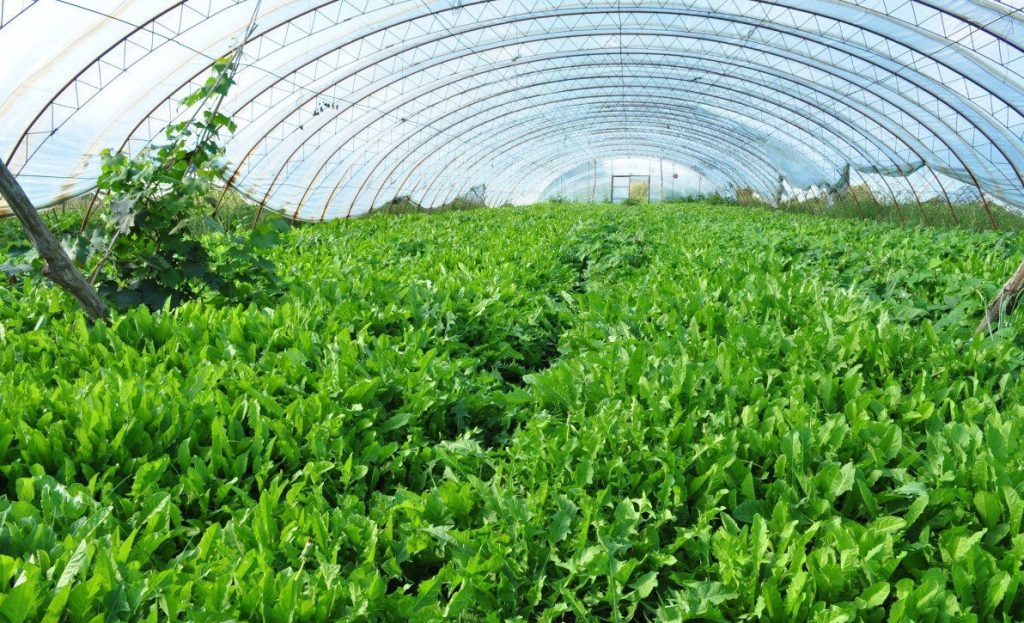What will the autumn harvest of the ‘unmanned farm’ look like? In the early morning of October 13, the Chinese Academy of Sciences’ “Black Soil Granary” science and technology conference was held against the “Unmanned Farm” in Gongzhuling Demonstration Base of Changchun Demonstration Area. A cluster of plump corn on a pale yellow corn stalk glowed with gold. Two unmanned harvesters were carrying out harvesting operations with the rumbling sound. Chen Guoshuang, a senior engineer of the Northeast Institute of Geography and Agroecology of the Chinese Academy of Sciences, was sunburnt with joy: “This year’s corn is growing very well!”
As the harvester moved forward, rows of corn were instantly “eaten” in, and the crushed straw was then “spit” towards the ground. Moving forward, turning, backing up, and continuing forward, a series of swaying and shifting movements are completely calibrated by the harvester alone. Although it “walks” between uneven ridges and ridges, it still walks steadily and accurately in place.
Chen Guoshuang introduced: These two are both unmanned harvesters, namely the corn grain direct harvester and the corn stem and ear combine harvester. Just like the unmanned seeders in spring, the control system on the harvester sets a path through the BeiDou navigation system, and the agricultural machinery can walk and work according to the planned route. In advance, we will carefully measure the spacing between plants, especially the spacing between rows, adjust the operating width and area of the harvester, as well as the turning radius and transportation After entering the system, the machine will automatically operate according to the navigation system after startup
By using two different harvesting methods, the harvested corn can be either whole ears or granules. At the same time, the treatment methods for straw during this process also vary. The straw in the stem ear harvester is packaged and processed centrally, and will be made into straw yellow storage and fermentation feed. The straw directly sprayed into the field from the grain harvester will be protected by straw mulching or deep plowing and returning to the field Chen Guoshuang introduced.
The harvester alarm system sounds, indicating that the corn has been fully harvested! During the walking process of the corn stalk and ear harvester, both the corn and straw were collected and stored in different spaces. As the wide truck body of the harvester rose, ears of golden and full corn suddenly fell into the harvester, instantly piling up into a small golden mountain; On the other side, the corn grain harvester also began to “unload”. The area where the harvester passed, it spat out straw all over the ground, and the long robotic arm above extended. Corn grains gushed down like a waterfall, with “big pearls and small pearls” scattered all over the ground.
The theoretical speed of an unmanned harvester is 6000 meters per hour. Excluding the time spent parking and pouring grain, it can harvest 15-25 acres per hour. The larger the area, the higher the harvesting efficiency. It can harvest over 150 acres in 10 hours and can operate continuously 24 hours, reducing the driver’s labor intensity and improving work efficiency. At the same time, it has simple operation, straight driving path, and small trajectory deviation. Compared with traditional harvesting methods, the harvesting speed of unmanned farms has increased by 2-3 times. Taking 1000 acres of land as an example, it can save about 20 to 30 traditional labor, reducing the artificial pressure and economic burden on farmers Chen Guoshuang said.


没有reply内容